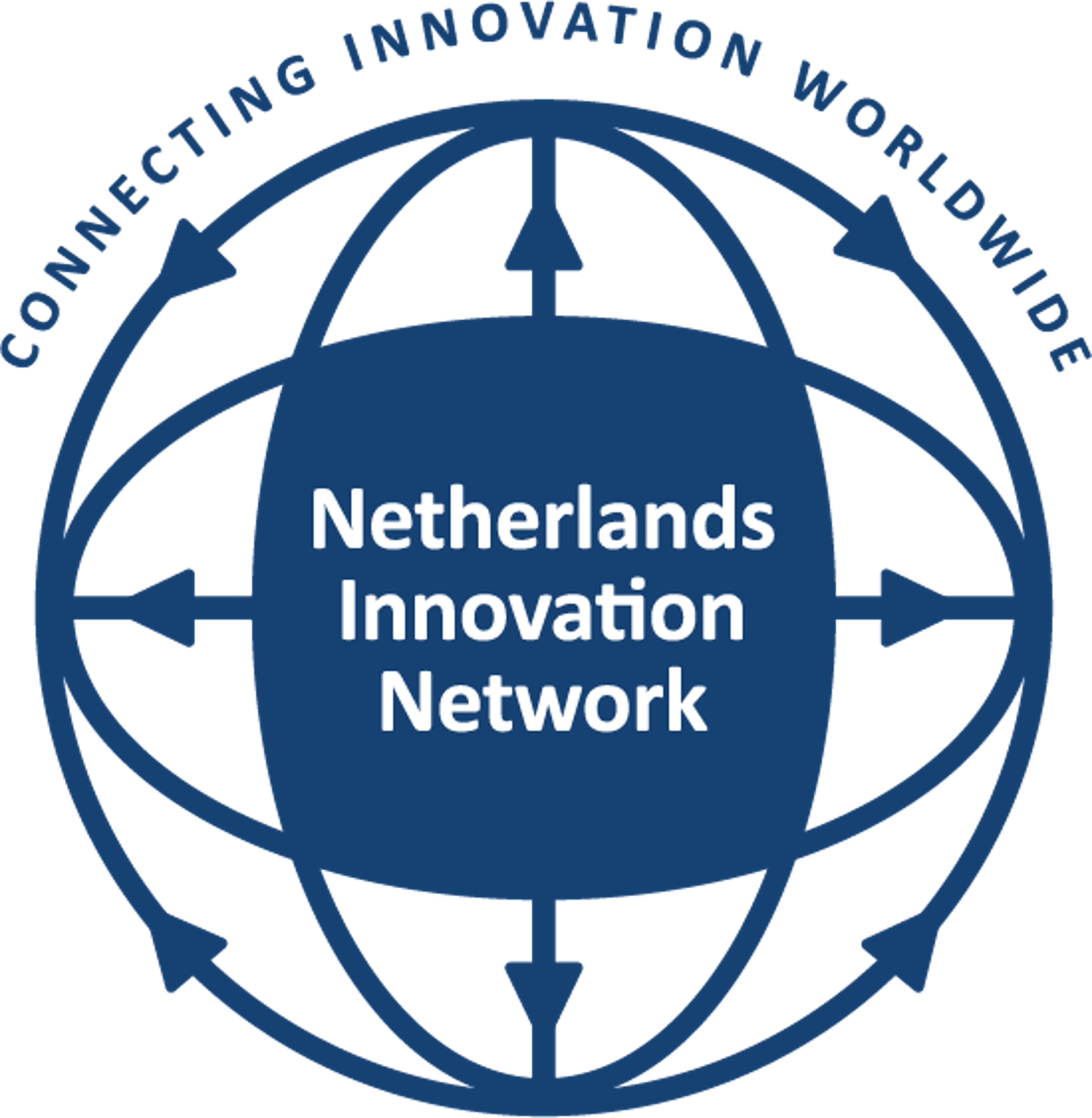A dialysis membrane module is used in the pressure-driven hemodialysis process to remove excess waste products and water from the body. Material requirements for usage for blood purification are strict. Therefore the amount of membrane materials which can be used in clinical application are very limited. Cellulose and polysulfone are two main membrane materials, and the related technologies are now …
China’s development plan for the seed industry 2020
In a race to further develop the Chinese country side and increase the agricultural production, the Chinese Ministry for Agriculture announced plans to professionalize the seed industry following the No. 1 Document on Agricultural S&T Innovation in 2012. R&D focus will be on the creation of new varieties of rice, wheat, corn, soybean, potato and 15 varieties of ‘cash crops’ …
Shanghai scientists find new method to attack cancer
Scientists from the Shanghai Institute for Biological Sciences (SIBS) announced they have found a new mechanism governing the programmed death of cells, providing a new target for cancer treatment and altering a 15-year-old theory on how tumor cell death is controlled. The work could help limit the types of bad side effects caused by current cancer medicines according the scientists. …
3D printing challenges China’s manufacturing industry
An article in Caijing magazine on 3D printing starts with a rather strong quote: “The pressure on the 3D printing industry in China comes primarily from a lack of high-end generic technologies. The root cause is domestic enterprises’ weak R&D capabilities.” According to the reporters of Caijing, the industrialization of 3D printing seems to be budding in Jiangsu and Zhejiang …
China’s top 10 science and technology progress of 2012
Reported by Xinhua News last weekend, Chinese Academy of Sciences and Chinese Academy of Engineering unveiled the following top ten science and technology progress of China for the year 2012 . Three Chinese astronauts on June 24 successfully completed a manual docking between the Shenzhou-9 spacecraft and the orbiting Tiangong-1 lab module, the first such attempt in China’s history of …
FOM DIFFER renews collaboration agreements in China
Last week, the NWO Institute for Fundamental Energy Research (FOM-DIFFER) visited several research partners in China to discuss research collaboration in the field of fusion energy and solar fuels. During the visit to Hefei, FOM DIFFER renewed its cooperation agreement with the CAS Institute of Plasma Physics (ASIPP) and the University of Science and Technology (USTC). The scientific cooperation between …
Research Report Available on Joint Research Centres and Laboratories in China
Recently NOST China published a research report on joint research structures (joint centres, institutes or labs) in China following the research project ‘Sino-Dutch Joint Research Structures in China’, which was carried out by a Dutch intern from Leiden University. The aim of the project was to analyze the experiences with establishing joint research centres and labs in China. In total …
Webinar on IP protection for ICT businesses in China
On Thursday January 17th, 10:30 AM – 11:45 AM CET, the China IPR SME helpdesk is organizing a webinar on Intellectual Property Protection in China for European ICT Businesses. The webinar addresses the practical steps necessary to protect and enforce IPR in China, including:” How to register your intellectual property as patents, trade marks and copyright IP issues in China …
China’s Ministry of Education improves research project management
last week China’s Ministry of Education issued an Administrative Note, aiming at improving Chinese university’s research project management. According to the note, a profound research project management system should be strengthened in each university that carries out research projects, under which the university, relevant departments involved in research management and individual research team leaders are all held responsible for high …
Chinese Academy of Sciences (CAS) forms alliance with 17 academies
The Chinese Academy of Sciences (CAS), the country’s top research institution, formed an alliance with 17 provincial academies of sciences to share resources and improve innovation. Through the alliance, the provincial institutions can take part in nationwide or regional research programs and contribute their expertise, CAS President Bai Chunli said at the founding ceremony. The state and provincial institutions will …
